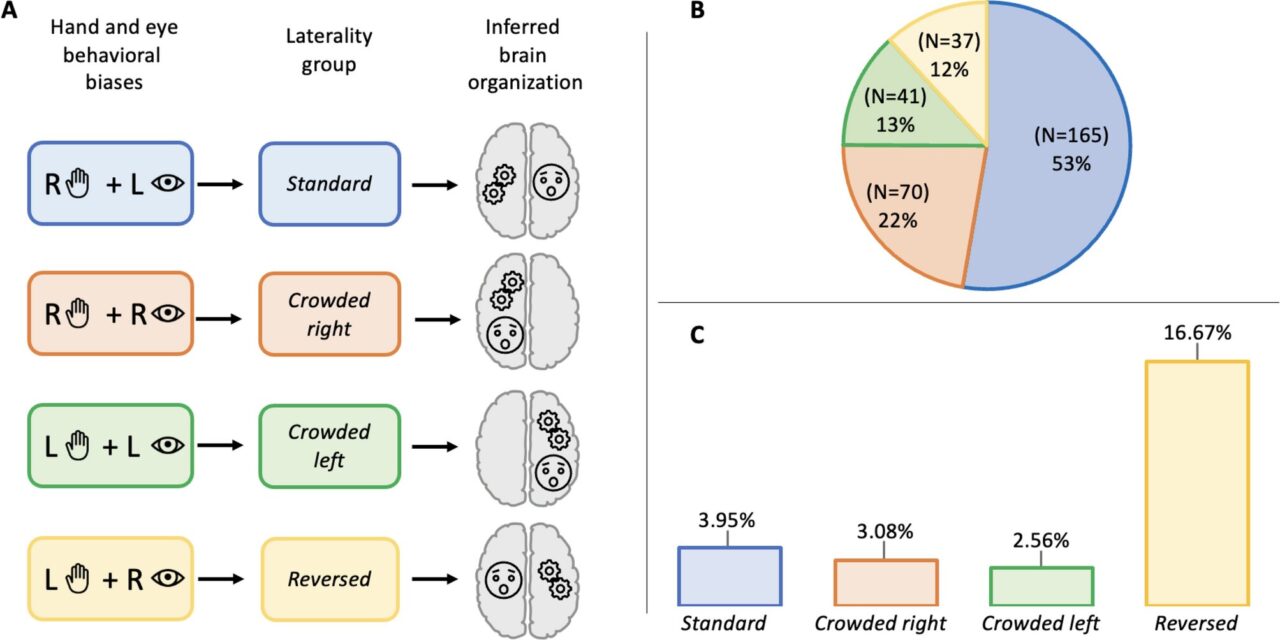Whether you’re left-handed, right-handed, or ambidextrous, our preferences extend beyond hand dominance into other realms of perception, such as visual biases. A recent study published in Scientific Reports sheds light on why these biases exist and their potential social implications.
Human Biases Explored
Humans exhibit a striking preference for right-handedness, with around 90% of the population favoring their right hand for motor tasks. Similarly, there’s a prevalent bias towards processing faces and emotions better when they appear in the left visual field.
Dr. Georgina Donati and colleagues from multiple universities investigated these biases in over 1,600 participants. They found that individuals with mild to moderate hand biases (both left and right) demonstrated better performance in certain cognitive tasks compared to those with extreme biases. This suggests that flexibility in these biases may enhance cognitive adaptability.
Insights from Animal Studies
Interestingly, these biases aren’t unique to humans. Animal research spanning various species has shown that biases in sensory and motor functions contribute significantly to survival. For example, chicks with a specific eye preference for food or predator detection demonstrate higher efficiency and safety in their environments.
Social Dynamics of Bias Alignment
The study also explored whether aligning with the majority bias in a population confers social advantages. Results indicated that individuals with the standard bias (right-handedness and left visual field preference) did not show a significant social advantage over those with less common profiles. However, individuals with a reversed bias (left-handedness and right visual field preference), though rare, reported lower social scores and were more likely to self-report conditions like autism or ADHD.
Implications for Understanding Human Behavior
These findings underscore the evolutionary roots of human biases, suggesting that they may have emerged to optimize brain function and enhance survival skills. Understanding these biases not only provides insights into human cognition but also offers potential avenues for early screening and intervention in neurodevelopmental disorders.
In conclusion, while biases in handedness and visual processing are prevalent in humans, their origins and social implications extend beyond individual behavior to encompass broader evolutionary and societal dimensions. By studying these biases across species, researchers hope to gain a deeper understanding of the human brain and its intricate adaptations over time.
For more details on the study, refer to the publication in Scientific Reports by Donati et al. DOI: 10.1038/s41598-024-64372-2.












